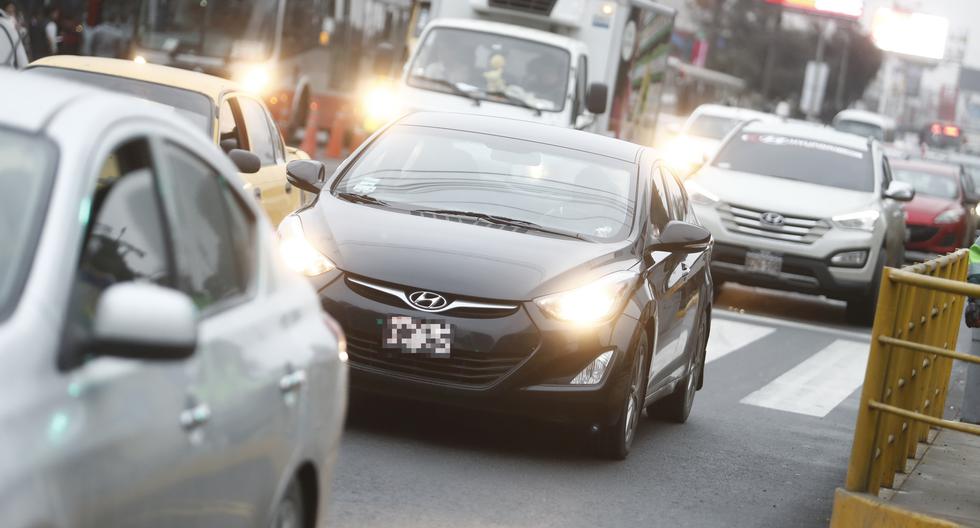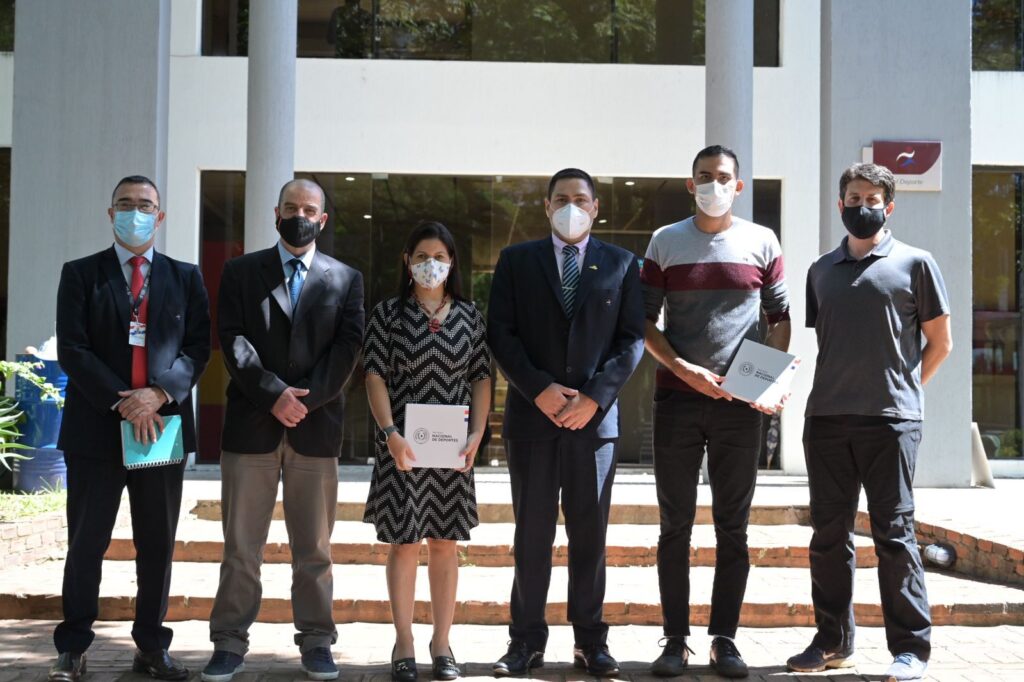The National Index of Vehicular flowcalculated by the National Institute of Statistics and Informatics (INEI), which records the transit of light and heavy vehicles through toll booths, reported an increase of 2.3% in January of this year compared to the same month of 2021.
The automotive union reported that heavy vehicle traffic rose by 2.8%, due to the increased movement of cargo vehicles with 3 to 7 axles, which rose by 2.2%, as a result of the demand for transportation services from various economic sectors.
“In the case of light vehicle traffic, the results show that it grew by 1.9%, an increase that is a consequence of the greater mobilization of people, as a result of the gradual reactivation of economic activities and fewer restrictions on circulation, among other factors. Meanwhile, in the month of analysis, the National Seasonally Adjusted Vehicle Flow Index in toll units increased slightly by 0.4%, compared to the immediately previous month.indicated the Automotive Association of Peru (AAP).
For the union, the improvement of the national economy, mainly in the trade, agriculture and mining and hydrocarbon sectors, were the elements that promoted the increase in the flow of heavy vehicles. Meanwhile, the circulation of light vehicles was driven by economic reactivation measures, such as the gradual restoration of sectors associated with the services sector, increased capacity, reduced curfew hours, helped by the advancement of vaccination against COVID-19.
“The index is expected to close this 2022 with a growth close to 2%; a result that will be subject to a series of risks that could reduce said projection. Among them is the political uncertainty that the country is going through due to the continuous clashes between the Executive and Legislative Powers, as well as the questionable decisions and messages that the former has been taking, and which affects the economic environment of the country at the level of expectations, both business as consumers”, the AAP noted.
In the same way, they specified that there is a risk that the active social conflicts throughout the country could escalate in the following months, which, if not attended to in a timely and efficient manner, could lead to the closure of highways, for example, affecting the flow regulation of vehicles, as well as various economic activities, reducing the dynamism of the country’s growth.
In the external context, the conflict between Russia and Ukraine is generating an increase in the prices of raw materials, especially oil, which causes an increase in the cost of living, and therefore reduces the purchasing power of people, causing a reduction in domestic demand.
:quality(75)/cloudfront-us-east-1.images.arcpublishing.com/elcomercio/O2QWO4UWAVBGNEGZ3SKXTZ4BK4.png)
RECOMMENDED VIDEO
:quality(75)/cdn.jwplayer.com/v2/media/pkQH9IBc/poster.jpg)















